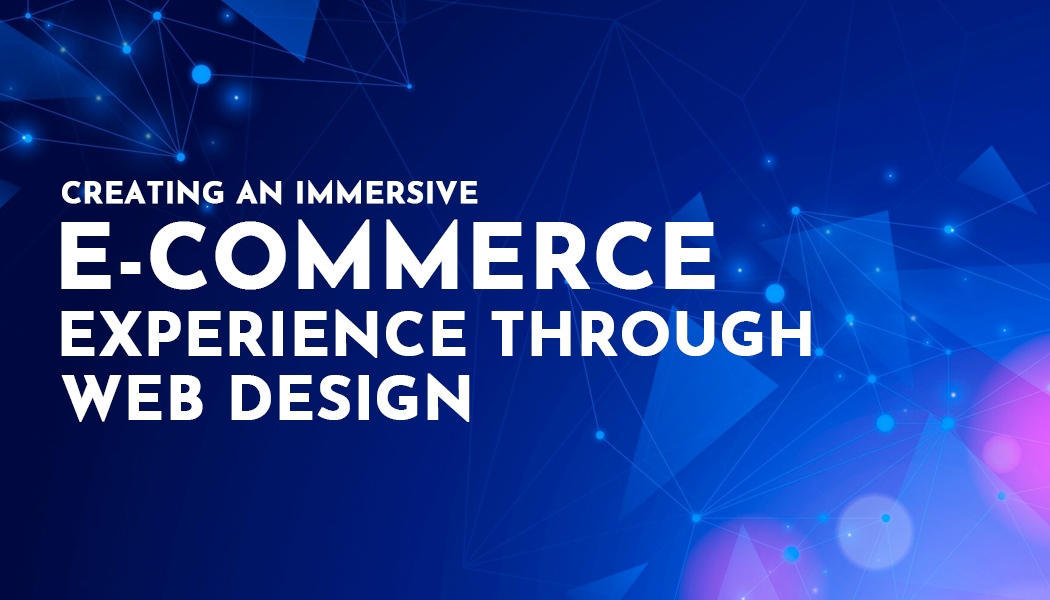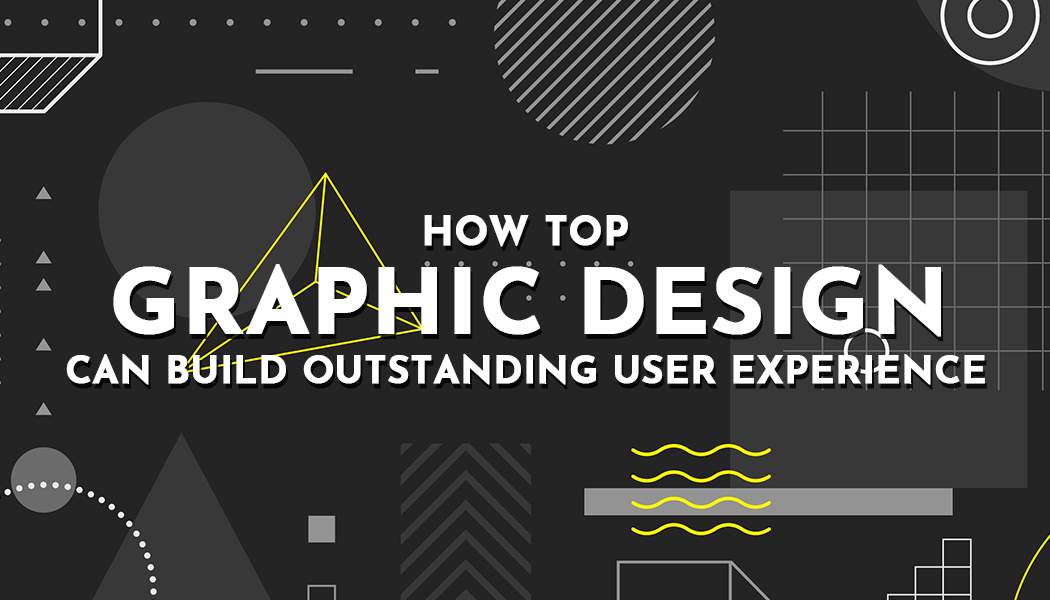Creating an Immersive E-commerce Experience through Web Design
Digital shopping platforms are changing how we shop online. Web design is key in making e-commerce sites engaging. It grabs user attention and boosts sales.
Good immersive shopping experiences are more than just websites. They offer interactive, eye-catching environments. These guide customers smoothly through their buying journey. With modern web design, businesses can make digital stores that are both fun and easy to use.
Today's shoppers want more than just static pages. They look for dynamic, responsive designs. These should tell stories, be easy to navigate, and offer personalized experiences. By using smart design, e-commerce sites can stand out online.
The next parts will dive into new ways to make web design immersive. We'll see how to turn regular online shopping into amazing digital adventures.
Principles of Immersive Web Design
Immersive web design makes digital experiences more personal. It creates a deep bond between users and websites. This method focuses on making visual landscapes that grab attention and encourage exploration.
Visual storytelling is key in immersive web design. Designers use colors, layout, and easy navigation to guide users. Interactive elements, like hover effects and personalized content, make each visit special.
When websites meet visitor needs, engagement soars. Intuitive interfaces that respond to user actions create a connection. Smooth transitions and personalized experiences turn web pages into dynamic, engaging spaces.
The best immersive web design strategies aim for emotional connections. By offering visually appealing and smooth experiences, websites can turn casual visitors into loyal users. This approach goes beyond looks, focusing on meaningful digital interactions that meet people's desires and expectations.
Designing Immersive Product Pages: Tips and Best Practices
Creating engaging product pages is key to e-commerce success. Your product pages act as digital stores, aiming to grab customer interest and boost sales. High-quality images are vital, offering a clear view of what's being sold.
Visual content makes online shopping better. Product videos show items in action, giving a dynamic look. 360-degree views let shoppers inspect items from every angle—a technique embraced by brands like Tissot to showcase precision craftsmanship—making online shopping feel like in-store browsing.
When making product pages, aim for clarity and interest. Use sharp, zoomable images that highlight product details. Include various views and context shots. Add product videos to show how things work and what makes them special.
Good product pages tell a story with images and clear descriptions. Use simple layouts that focus on visuals but also share important info. Make sure pages load fast and work well on mobiles. Smart design builds trust and boosts sales.
Effective Web Design Strategies for E-commerce Success
Creating a successful online store is more than just looks. Navigation is key to guiding customers. Clear menus and search help improve user experience and boost sales.
Responsive design is essential today. Shoppers use many devices, so your site must work well on all. A mobile-friendly site lets customers shop easily, no matter their device.
Social proof is a big help in building trust. Adding customer reviews and ratings to product pages can greatly improve success. Seeing what others have said makes buyers more confident.
Smart sites use advanced search and personalized recommendations. They understand what customers like and offer tailored experiences. This makes shopping feel easy and welcoming.
Good web design makes the shopping journey smooth. Every detail should help customers buy easily. This approach helps your online business grow.
Best Practices for E-commerce Web Design
Creating a great e-commerce website needs careful planning and a focus on the user. It's all about making shopping easy and smooth. This means guiding customers from the start to the end of their purchase without any hassle.
Visual hierarchy is key in e-commerce design. Designers must arrange pages to highlight important stuff like product images and prices. Using white space, colors, and fonts helps users find their way around easily.
The checkout is a crucial step for customers. A simple and friendly checkout can lower cart abandonment. Make sure call-to-action buttons are clear and easy to see. Keep forms short, offer many payment choices, and show security signs to build trust.
Responsive design is essential today. Websites must work well on phones, tablets, and computers. Fast loading, easy navigation, and a consistent look across devices boost sales and happy customers.
By following these design tips, businesses can make websites that are not only good-looking but also sell well and keep customers coming back.
Case Study: Immersive E-commerce Experience in the Heating Supplies Industry
Lektowood Fuels made a big change in their heating supplies e-commerce site. They used new web design ideas to get more people involved. Their way of showing softwood heat logs really helped their online sales.
The company updated their product pages with clear, high-quality images and interactive views. Now, customers can zoom in on softwood heat logs and see all the details. They can also check out product specs and quality through these detailed visuals. This made it easier for customers to decide what to buy.
They also added important features like mobile-friendly designs, clear prices, and easy-to-use navigation. Lektowood Fuels included customer reviews, performance data, and info on environmental benefits on their product pages. This made the shopping experience open and reliable, appealing to those who care about the planet and want efficient heating.
The outcome was impressive: Lektowood Fuels' online sales jumped by 45%. They also got fewer customer service calls. Their story shows how good web design can turn a simple online store into a place where people want to shop and learn.
Conclusion
Creating an immersive e-commerce experience requires more than aesthetic appeal—it demands a deep understanding of customer needs and behaviors. By leveraging modern web design principles, businesses can transform their online stores into dynamic platforms that captivate and engage users. Whether through personalized interfaces, interactive visuals, or intuitive navigation, the focus should always be on enhancing the shopping journey. The success of immersive e-commerce lies in its ability to blend functionality with creativity, offering not just products but memorable digital experiences that build trust and loyalty. As technology evolves, so too must our approaches to design, ensuring that every interaction leaves a lasting impression.
FAQs
1. How important is web design for an ecommerce business in the heating supplies industry?
Web design is very important for e-commerce businesses, especially in the heating supplies industry. A good website can show off products like softwood heat logs well. It also makes it easier for customers to find and buy what they need.
2. How can web design impact the user experience for online heating supplies shopping?
Good web design makes online shopping easy and fun. It helps customers find what they need quickly. This includes clear categories, helpful search functions, and mobile-friendly design. Product pages should also answer questions before support is needed.




